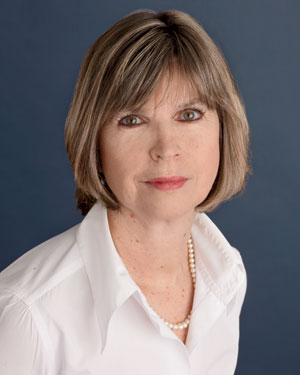Ideas about place, craft, and community inspire a summer camp for architects.
Every summer for the last dozen years, architect Brian MacKay-Lyons has hosted a design-build workshop at his weekend farm, which sits along a spectacular stretch of rugged coastline in his native Nova Scotia. The point of “Ghost Lab,” so named for the stone ruins of a long-abandoned settlement on the property, is to get architecture students to pick up a hammer and actually make a structure with their own hands, a disappearing skill set in design education today, where “building” is largely virtual.

But this year, MacKay-Lyons transformed his annual Ghost Lab into a far more ambitious summer camp: a three-day conference for nearly 200 architects, students, and academics. This was not your average 21st-century confab. We were off the grid, literally, after the electricity went out the first morning following an epic rainstorm. No worries: A temporary generator was up and running within 30 minutes to fuel the speakers’ PowerPoint presentations of their work. Naturally, we weren’t meeting in a windowless hotel conference room but in an octagonal horse barn from the 1880s that Ghost Lab students restored a few summers back. Daylight seeped in through the ornate cupola and, as Internet connection was spotty, most of the tweeting was carried on by actual birds. A pair of enormous Leonberger dogs and an errant lamb named Darwin occasionally wandered among the rows of seated conference-goers. Lunch was served inside festive white-and-red canvas yurts pitched in a meadow.
If the ambience felt ad hoc, the theme of the conference was sharply focused on three architectural ideals: design that’s rooted in a specific place; in the craft and inventiveness of construction; and in the connection to community. The drawing card for the conference attendees, who came from as far away as Hong Kong and South Africa, was the stellar lineup of speakers. MacKay-Lyons’s own acclaimed work is a Modernist twist on local building types - barns, fishing shacks, and boats. The like-minded regional Modernists he rounded up for the conference - many are his close friends - included Rick Joy of Tucson, whose desert houses of rammed earth and glass are land-hugging forms with infinite views; Marlon Blackwell of Fayetteville, Arkansas, who translates vernacular building types into contemporary forms in such projects as the post-Katrina Porchdog House; and Seattle’s Tom Kundig, whose powerful dwellings appear rooted in the earth and rock of the Pacific Northwest.
Sustainability for these architects isn’t about “greening” but rather taking a back-to-basics approach, using local materials when possible, and siting structures to address prevailing winds and solar gain. Ted Flato of San Antonio is a big recycler, who borrows from the traditional local buildings of industry and agriculture, or reworks materials such as oil-field pipes.
The headliners at the conference were a trio of elder statesmen. The Pritzker Prize-winning Australian architect Glenn Murcutt, the Finnish architect and writer Juhani Pallasmaa, and the critic Kenneth Frampton of Columbia University each gave an evening lecture, held in a 19th-century Carpenter Gothic church in the picturesque nearby town of Lunenburg.
While the younger conference speakers once practiced under the radar, they’re no longer architectural outsiders but sought-after designers. And now they’ve become a small but authentic movement - a counterweight to the anonymous globalization of design and to architectural education that’s divorced from knowledge of building. As a group, they’re fiercely anti-ideological, deploring a design culture where “concept has been elevated over craft,” as another conference speaker, the critic Peter Buchanan, put it.
Still, there are significant differences among them, in part because of the varied regions where they practice. Patricia Patkau of Vancouver questioned whether they were really a cohesive group, pointing to the small civic projects - schools and libraries - that have dominated her firm’s work, rather than the residential projects that have been the design laboratory for most of the cohort. And there was disagreement over what constituted “craft”: Did it apply only to the work of hands-on architect-builders such as Rick Joy or Peter Stutchbury of Australia? Or does the notion of craft extend to the more abstract creations of architects?
The projects presented at the conference ranged vastly in terms of budget, too, from the luxurious Amangiri Resort in Canyon Point, Utah - a design collaboration of Marwan Al-Sayed, Wendell Burnette, and Rick Joy - to a prototype for a $20,000 house, developed by the Rural Studio under the direction of Andrew Freear, in Hale County, Alabama.
Despite their differences, that impressive roster of architects made the pilgrimage to a corner of Nova Scotia, to push shared values that, while rooted in the past, have fresh relevance in a world of increasing dislocation and uncertainty. MacKay-Lyons, the impresario whose quiet yet determined demeanor provides the glue for this loose collective, likened the spirit of the conference to the Sun Records sessions in Memphis in the 1950s, where a small but nimble group of musicians outside the center of fashion changed rock and roll forever. A bit romantic? Well, yes. But it’s refreshing to see architects wrestle unabashedly with some of the most essential issues in the profession, as they seek a balance between the pragmatic and the poetic.




